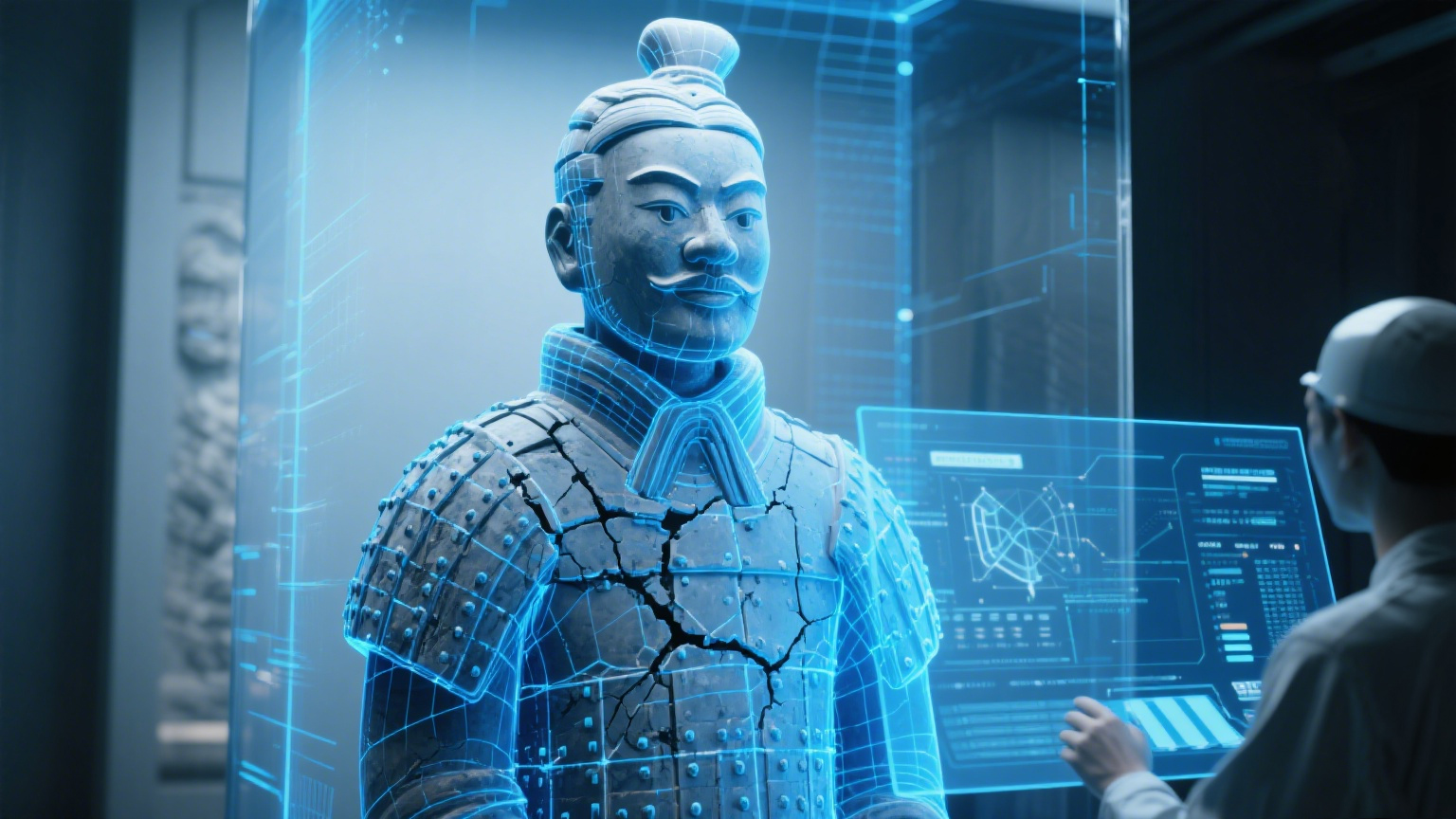Priceless relics gathering dust in museums and ancient ruins slowly succumbing to the ravages of time—how can we ensure their grandeur resonates with a global audience for generations to come? The answer lies in leveraging cutting-edge technology to craft an “eternal” digital twin for these human treasures. This isn’t merely about preservation; it’s a journey to bring history vibrantly to life.
High-Precision Scans: The Dawn of Digital Immortality
Imagine a world where every intricate detail of a Ming Dynasty vase or the weathered stones of the Colosseum is captured with millimeter precision, transforming them into meticulously rendered 3D models. This is precisely what is being pioneered through metaverse scenario building. Advanced techniques like point cloud data processing and high-precision scanning are used to digitally encapsulate physical cultural heritage.
Powerful VR editing tools act as the command center for this digital renaissance. With tools akin to a “Space Editor” vast datasets can be ingested, meticulously reconstructing historical architecture, ancient artifacts, and even entire heritage sites into stunningly accurate virtual replicas. These aren’t just pretty pictures; they are invaluable digital archives, providing a rich, permanent record for future research, conservation efforts, and even hypothetical restoration projects without ever touching the original. For cultural institutions, this represents a paradigm shift, transforming fragile assets into robust, accessible digital data for perpetuity, opening new avenues for academic collaboration and safeguarding legacies against physical degradation.
Immersive Guided Tours: History Comes Alive
Once digitized, cultural heritage transcends the limitations of physical space and time. This technology empowers institutions to create interactive virtual museums and historical sites where visitors can truly step into history. Donning a VR device, a user could walk through the bustling streets of ancient Rome, explore the inner chambers of an Egyptian pyramid, or witness the vibrant colors of a Renaissance fresco—all from the comfort of their home.
This isn’t a passive experience. Sophisticated AI agents become intelligent virtual curators and tour guides. Imagine an AI agent, imbued with historical knowledge and emotional understanding, leading you through a virtual Forbidden City, responding to your questions in real-time, sharing anecdotes, and pointing out subtle architectural nuances you might otherwise miss. Users can interact with virtual artifacts, participate in simulated archaeological digs, or even engage in “virtual restoration” challenges, gaining a profound appreciation for the craftsmanship and narratives behind these treasures. This immersive engagement offers an unparalleled educational and emotional connection, turning learning into an unforgettable adventure and vastly expanding accessibility beyond geographical and physical barriers.
Innovative Cultural Products: A Sustainable Future for Heritage
Digital preservation, while noble, often faces significant funding challenges. The vision for this technology extends beyond mere digitization; it aims to foster a sustainable economic ecosystem around cultural heritage within the metaverse. By leveraging an “Autonomous Agent-Driven Metaverse Economy (AADME)” model, unprecedented commercial opportunities can be unlocked.
Based on these high-fidelity digital twins, cultural protection institutions can develop a myriad of innovative derivative products. Consider digital collectibles representing rare artifacts, granting ownership of unique digital representations while supporting the physical preservation efforts. Institutions could offer exclusive virtual experience passes for behind-the-scenes tours or special events within their metaverse replicas. Furthermore, the digitized cultural heritage can be licensed as intellectual property for virtual goods in metaverse games or for virtual fashion lines.
This innovative approach creates new, robust revenue streams, ensuring that the act of preserving history becomes a self-sustaining, economically viable endeavor. It’s a powerful synergy: protecting our past while funding our future, delivering both immense cultural and commercial value.
The goal is to shape the future by honoring the past. This technology is not just a technological advancement; it’s a bridge across millennia, ensuring humanity’s greatest achievements resonate more powerfully than ever before.

Leave a Reply